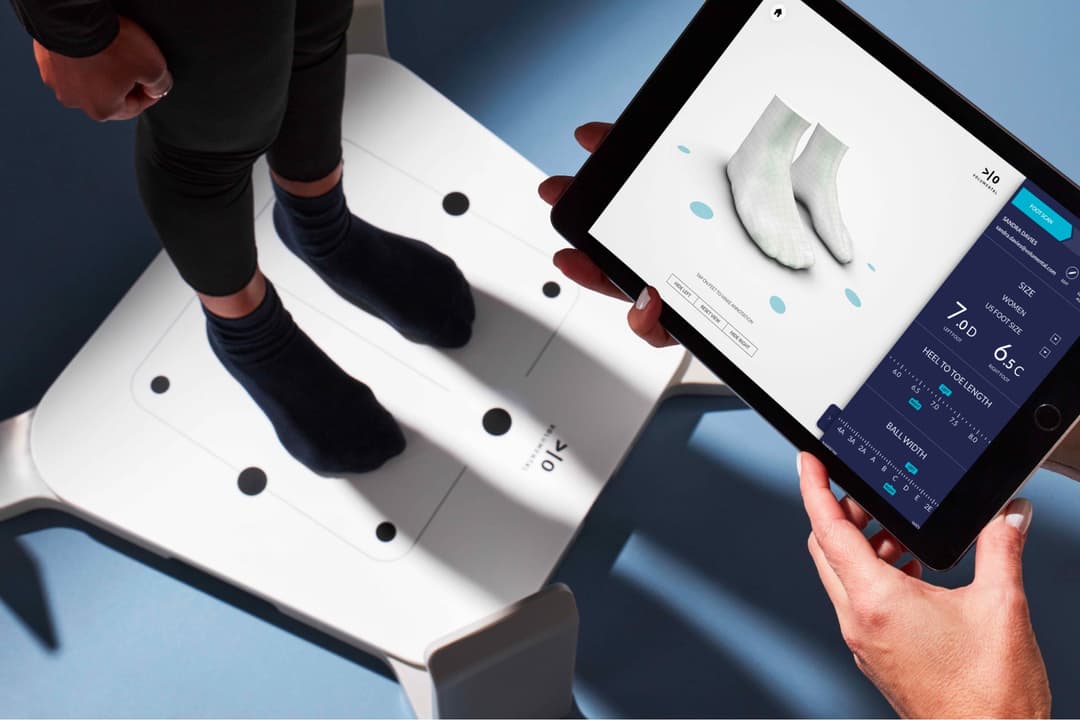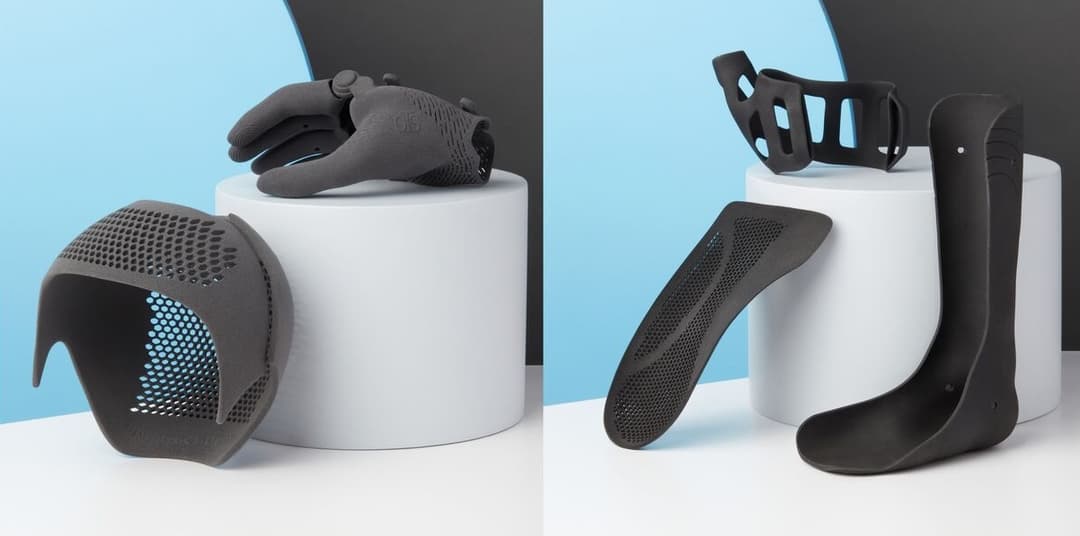Artus3D in Ridderkerk, the Netherlands, provides orthotists with an all-in-one solution for creating hand orthotics, combining software and in-house production in multiple materials. Artus3D has seven years of experience in the orthotic space, and began by outsourcing their 3D printing. But finding service providers who would print in TPU was difficult, and Artus3D kept running into hurdles including reliability and shipping times — that is until last year, when they discovered the Fuse 1+ 30W selective laser sintering (SLS) 3D printer and TPU 90A Powder.
For Artus3D, bringing SLS 3D printing in-house gave them more control over their production, allowing them to save both time and resources. We sat down with Lars Broxterman, sales and production manager at Artus3D, to learn more about their transition to in-house orthotic production with TPU.
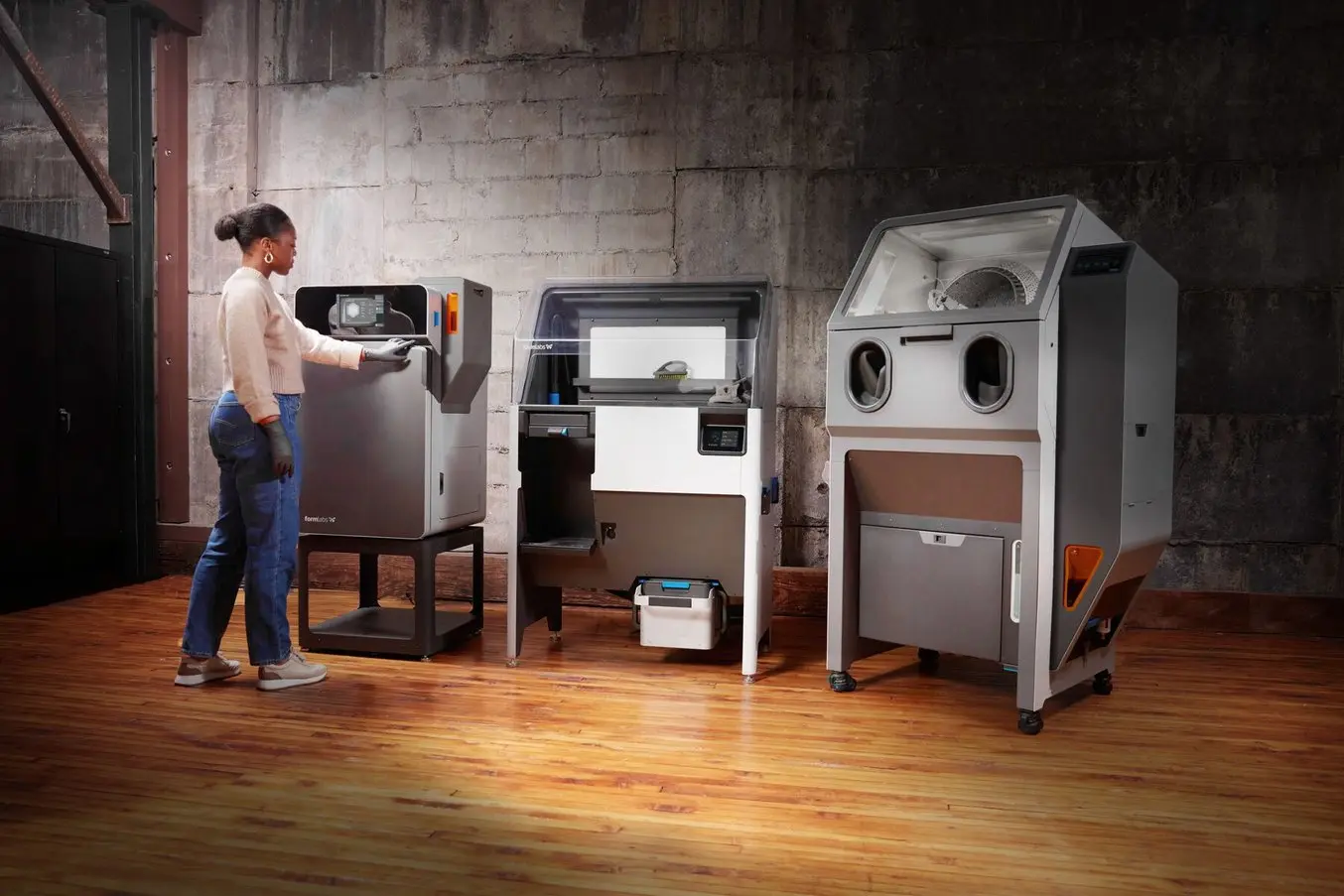
Fuse 1+ 30W Workflow
Designed for maximum output and minimum waste, Fuse 1+ 30W is our compact SLS 3D printer that enables you to unlock unprecedented print speeds and high-performance materials to deliver truly rapid production in-house.
Intuitive Digital Workflows
Artus3D began as a software solution focused on making orthopedic aids through technological innovations, going from a digital scan to a 3D printed product in a fast, intuitive way that would be easy to learn and execute.
To enable accessibility and adoption of these digital workflows, Artus3D made the process as easy as possible. To start, Broxterman says, “You can use any scanner you want. You just put the rough scan in the software, the software automatically sees if it's left or right, what's top, what's bottom, and cuts off the parts the software doesn't need. The software automatically fills the gaps, and from there, you have total control of your design.”
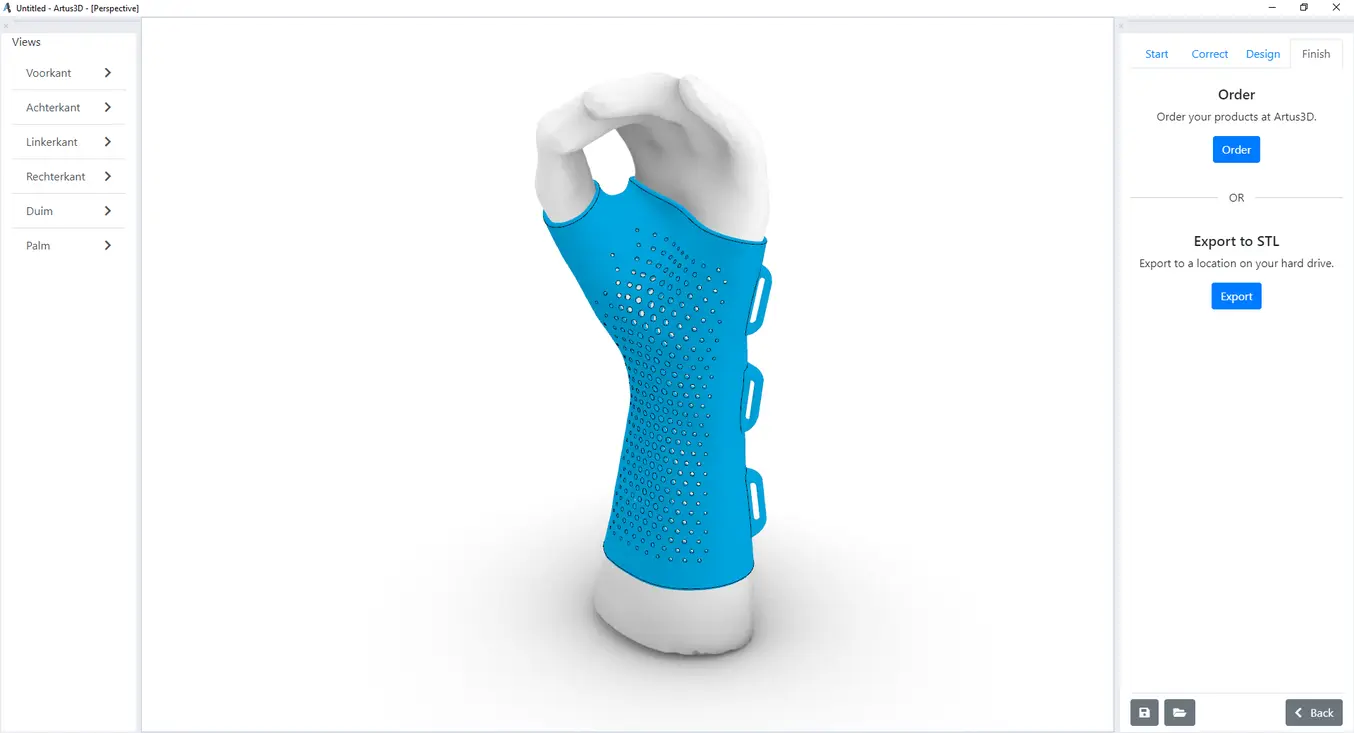
Once designed, the orthotic can be ordered from Artus3D or exported as an STL for printing.
The software will automatically generate a proposed hand orthosis, at which point users can adjust designs. Then, Broxterman says, “You select the material you want to print in. There are some settings preset. The software gives a preview of how it thinks the orthoses should look. From there, you can adjust every trim line you see. You can also adjust the thickness manually.”
Broxterman says that for orthotists, “The biggest problem, it's the designing of the product.” The focus for Artus3D was, therefore, ease of use, leading to the development of, as Broxterman says, “a software in which end users or orthopedic CPOs can design their own hand orthoses with basic knowledge of 3D printing, so that it’s easy to start and use our software.”
Once the orthotic is designed, Artus3D users can print on their own printers, or order a 3D printed orthotic directly from the software.
The Advantages of 3D Printing In-House
Artus3D began by outsourcing the 3D print production of orthotics ordered through their software. However, they kept running into hurdles, including reliability and long shipping times. But, as Broxterman says, “We couldn't do much about it, because there weren't that many 3D printing companies that printed in TPU, so we had to deal with it.” Printing almost 2000 orthotics in a year in multiple materials, Artus3D needed an alternative solution to outsourcing that could keep up with demand.
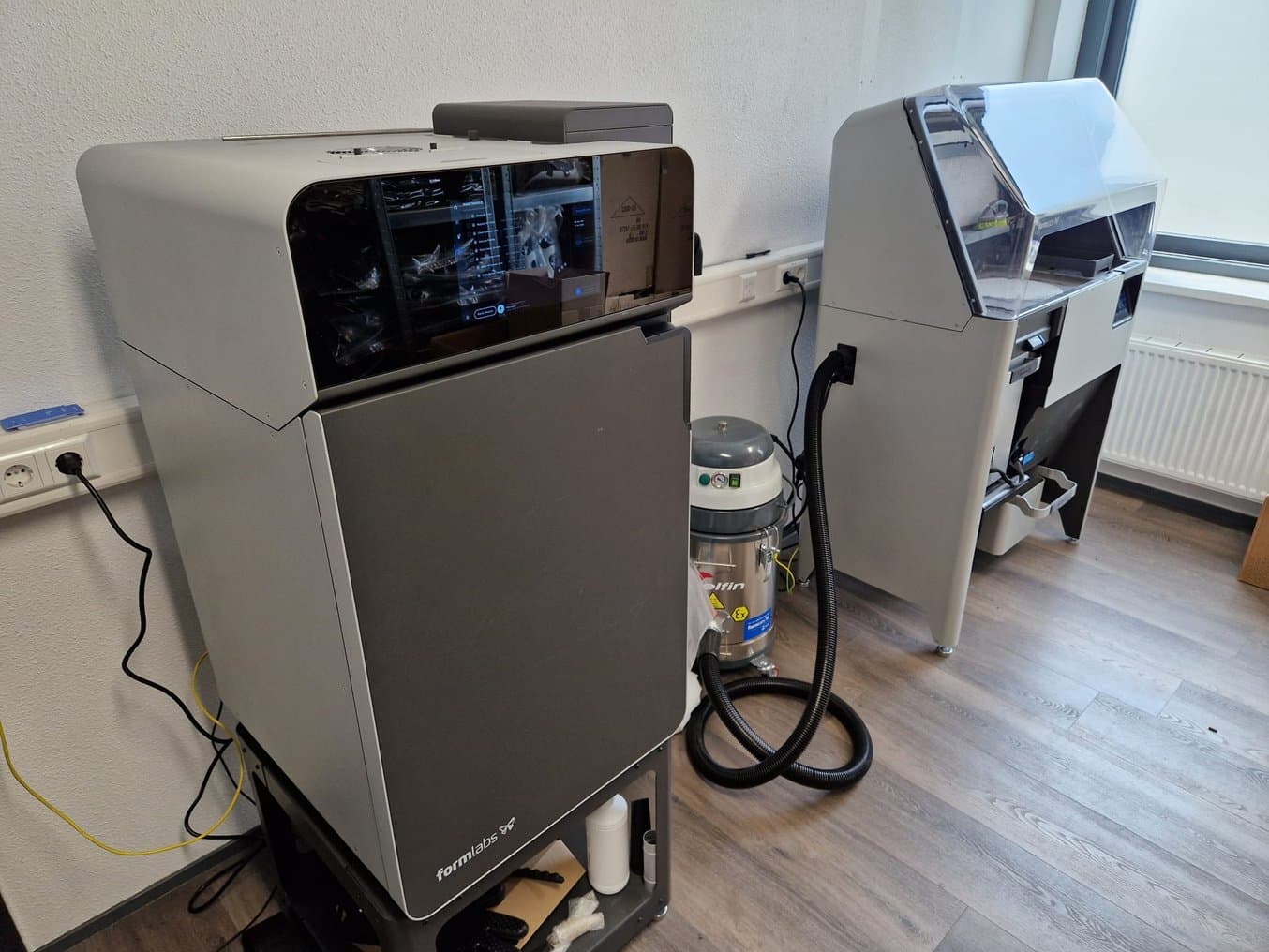
TPU orthotics are printed in-house on the Fuse 1+ 30W (left). Fuse Sift (right) is the powder management station and Fuse Blast (not pictured) is used for automated cleaning and processing.
Bringing printing in house would give Artus3D control over production, but they needed a 3D printer that fit their budget, could keep up with demand, and printed TPU. In 2023, they worked with Formlabs reseller Visiativ Benelux, who introduced them to the Fuse 1+ 30W, which made it possible for Artus3D to move 3D printing of TPU orthotics in-house.
“Control over the entire process is the biggest advantage for us, but also the speed. For now, if we get enough orders today, we can put it in the printer today and ship it tomorrow, so that's a big game changer for us.”
Lars Broxterman, Sales and Production Manager at Artus3D
Printing in-house, Broxterman found that the Fuse Ecosystem offered more than just control over shipping times, it also sped up production. When outsourcing printing, Broxterman says they “Set delivery times for around two weeks, and now we can easily go to one week.”
By printing in-house, Artus3D has reduced costs and timelines for themselves, while speeding up the time it takes for customers to receive the orthotics they need.
After 3D printing with the Fuse 1+30W, Artus3D uses the Fuse Sift for part extraction, powder recovery, storage, and mixing of new and used powder to minimize waste. They’ve recently added the Fuse Blast for fully automated cleaning and polishing, delivering clean, smooth parts with ease.
“Fuse Blast is a big game changer for us. It saves so much time to clean the parts and we don't have to wait around for them.”
Lars Broxterman, Sales and Production Manager at Artus3D

Free Sample Part
Easily create flexible 3D printed parts that withstand the demands of everyday use. TPU 90A Powder's high elongation at break and superior tear strength allows you to produce functional prototypes or durable end-use parts in-house.
Strong, Flexible, and Skin-Safe
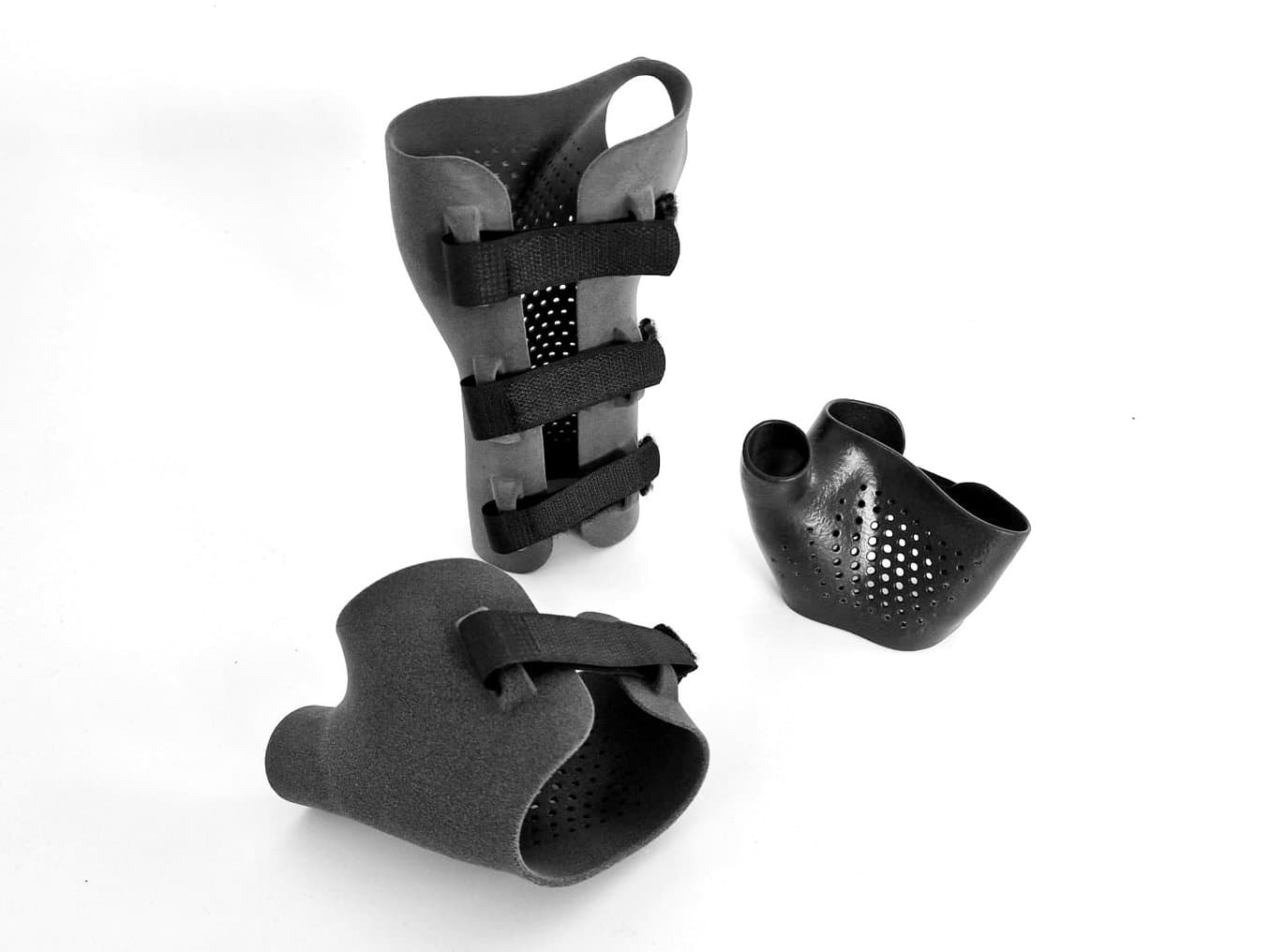
Orthotics are finished with the addition of straps, and can be vapor smoothed like the part at the right to create a smoother, shinier finish.
One of the main reasons Artus3D adopted the Fuse 1+ 30W was material availability. Broxterman says, “There weren't that many 3D printing companies that printed in TPU, so we had to deal with their timelines. The turnaround point for self-printing was when the Fuse 1+ 30W offered the TPU material.”
“People in the Netherlands need to wear the orthotic for two years, so it needs to last for two years. It needs to be flexible, and it needs to be approved for skin contact. So before the TPU, it was quite difficult to print flexible orthotics. TPU was a game changer for us.”
Lars Broxterman, Sales and Production Manager at Artus3D
Artus3D offers a number of material options to users, but TPU 90A Powder for the Fuse 1+ 30W was a turning point. TPU 90A Powder is a tough elastomer with high elongation at break and superior tear strength for flexible, resilient, and skin-safe parts. These material properties make it ideal for 3D printing orthotic devices that need to stand up to frequent use while also providing the wearer with a comfortable, safe experience. As Broxterman says, “We don't print just everything on the Fuse but with small steps, we introduced the new material to our customers. They're happy, so we are happy.”
Orthotics printed on Artus3D’s software in TPU 90A Powder come in three thicknesses — thin, normal, and thick — for customized options depending on a patient’s unique case. Broxterman says that users, too, have liked orthotics printed with TPU 90A Powder. “What we heard from the end users is that it's easy to clean. It feels nice on the skin, it's lightweight, so it's very comfortable to wear.”
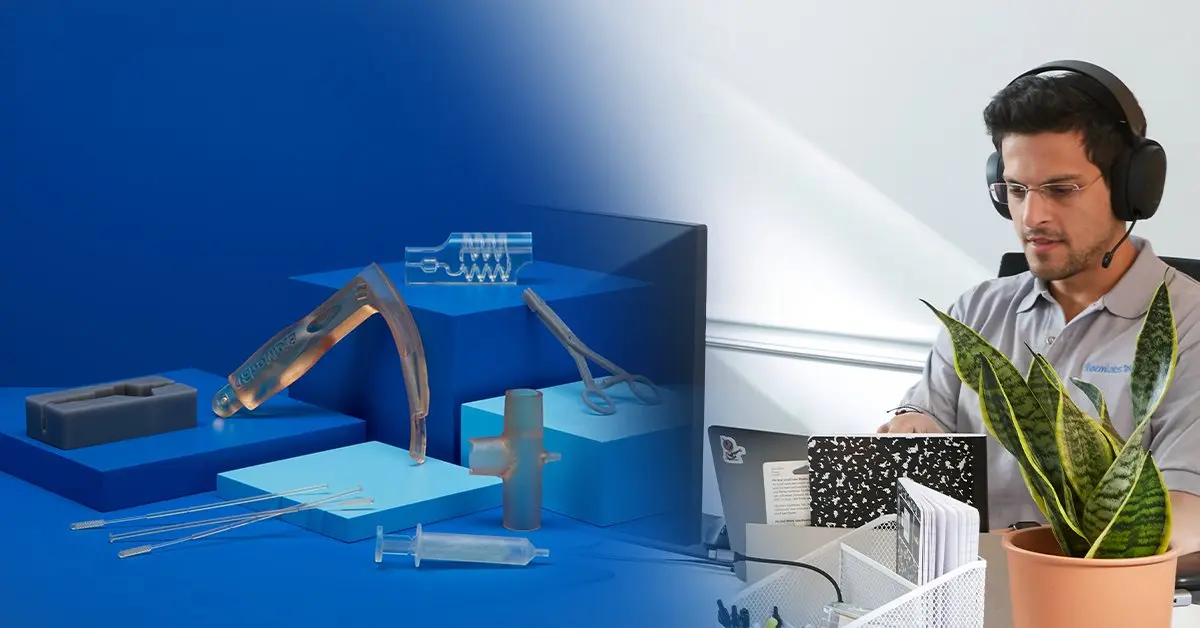
Talk to Our Medical Sales Team
Whether you need to make patient-matched surgical tools or are prototyping for a cardiac medical device, we’re here to help. Formlabs Medical team are dedicated specialists who know exactly how to support you and your company's needs.
The Future of the Orthopedic Industry
“I think people need to 3D print. The costs are rising through the roof. The salary is going up… I think 3D printing is the future for the orthopedic industry.”
Lars Broxterman, Sales and Production Manager at Artus3D
Artus3D is making it easier to 3D print hand and wrist orthotics, with smart algorithms to automate design and easy, in-platform ordering. By adding in-house production with TPU 90A Powder on the Fuse 1+ 30W, Artus3D has taken control of their production, cutting down on the time and cost it takes to produce orthotics in, as Broxterman says, a game-changing material.
Intuitive workflows and ease of use are top of mind for both Artus3D and Formlabs, with solutions that make it easier and faster than ever for orthotists to provide patients with orthotics.
Learn more about Artus3D’s software on their website, or contact a Formlabs expert to learn more about 3D printing solutions and the Fuse Ecosystem.
